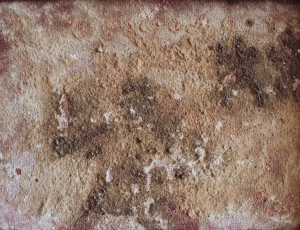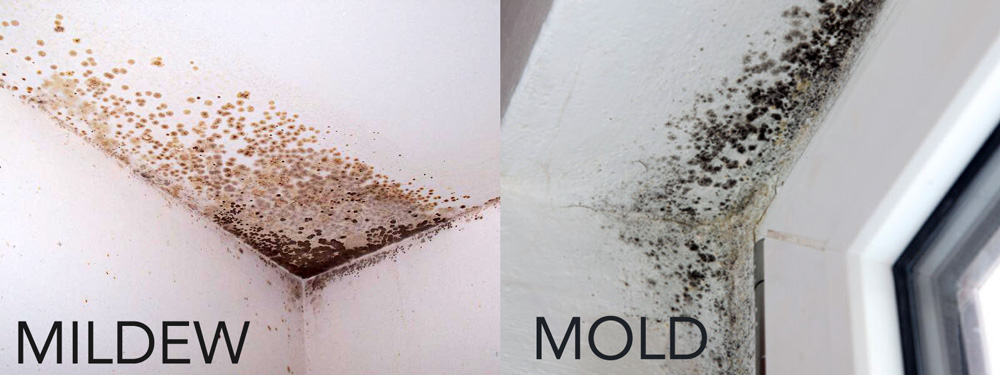
Mold VS Mildew. What’s The Difference?
Mold VS Mildew. What’s the Difference?

There are a lot of similarities between mold and mildew and they both have a unique set of traits to help tell them apart, that’s why most people have a hard time telling them apart. Mildew is, in fact, a particular type of mold, they are both fungi that survive in a humid environment. We often find them in our home where there is moisture or parts of our house where there is water flow or leaks.
Mold & Mildew have particular characteristics which can help us tell them apart, and how we can get rid of them. Read on and find out more.
APPEARANCE
Fortunately, the two types of fungi differ in appearance, and it is important to recognize them better to find out whether what you have in your home is mold or mildew.
Mildew typically looks white or gray and dry or powdery. It usually looks flat. Mold, however, looks fuzzy, they are sometimes orange, red, blue, or black. Moreover, it looks slimy or soft and it is often confused for dirt.
One way to distinguish the difference is through scent. Mildew has a sweeter, more foul smell, some of which equate to damp socks. But mold has a stronger and tangy scent. Most people say that mold smells like rotting wood or paper.
PLACES THEY THRIVE
They spread easily and they live on many types of surfaces. Mold and mildew can both be found on natural materials like paper, wood, or leather. At home, mold would most likely be found in moist areas like your bathroom, walls, or grout between your tiles.
While mildew usually thrives in humidity, they generally grow at temperatures between 62 and 93 degrees – which is why you’re going to see it in shower stalls and windows. Mildew can be found on surfaces, while a mold is harder to eliminate because they burrow underneath the surface.
HEALTH CONCERNS
The presence of mold and mildew has an effect on humans and even on your pets. While some people may not be affected at all, others are more susceptible and may experience cold-like symptoms. Mildew produces some health effects but molds, particularly the black ones, or Stachybotrys chartarum, have a more serious effect. People may experience mild breathing problems, sore throat, and headaches.
Mold can affect the nervous system and lead to memory loss, headache, changes in mood, and depression. Mold can also cause inflammation of the skin and eyes, congestion, respiratory conditions, and general pain and aches. It is very important to distinguish a mold from mildew and to remove it once you see it in your home.
REMOVAL

Distinguishing a mold from mildew is a very tricky thing, BUT there are simple household cleaning materials that we can use to get rid of them. Before cleaning them, always use waterproof gloves and eye protection. You can use a mixture of bleach and warm water. Dip your brush in the liquid mixture, and attack the mold or mildew stain. It is also important to distinguish what kind of mold is present in your home because the method of removing it varies according to the type.
Some types of mold can be removed with the help of bleach or special cleaning products.
If you find that the formation of mold is over 10 square feet, it is best to call a professional to remove it. Professionals are better at this kind of job because they have the proper equipment and cleaning products to remove them.
- Protecting Your Property: Why the Right Cleaning Method Makes All the Difference
- The #1 Thing That’s Dulling Your Curb Appeal (And How to Fix It)
- How Maintenance Bundles Provide Peace of Mind for Busy Small Business Owners and Facility Managers
- Essential vs. Complete Home Packages: Choosing the Right Preventive Care for Your Property
- How a Simplified Service Model Benefits Both Homeowners and Franchisees Alike


